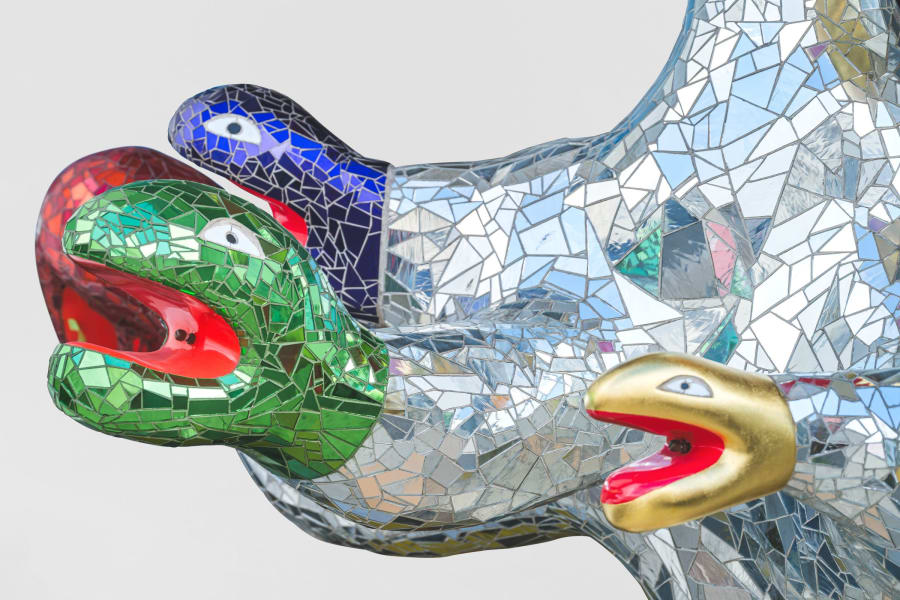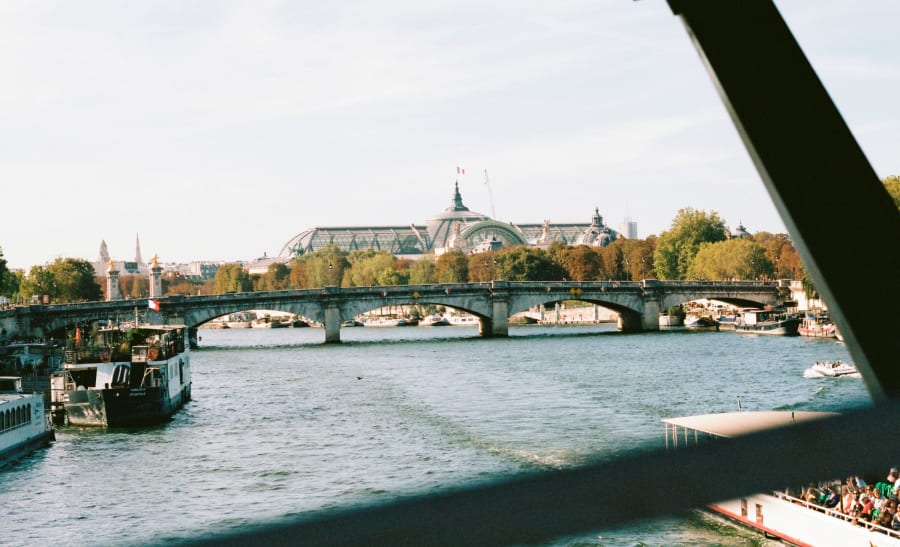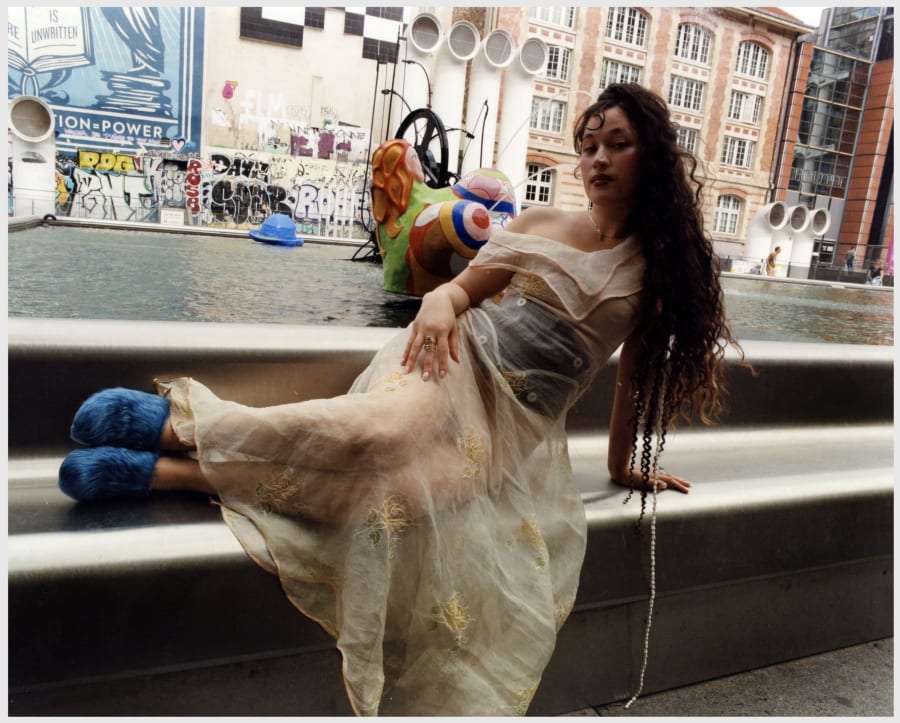Paris is enjoying a veritable artistic renaissance. Despite an uncertain geopolitical context, galleries and artists are arriving in large numbers, restoring the position of the French capital as a key player within the international market. Today, France is the fourth-largest art market in the world and where half of all art transactions in Europe take place, as The Art Basel and UBS Art Market Report 2024 reminds us. To gain perspectives on this trend, we interviewed Romain Chenais, co-Founder of High Art; Laurence Dreyfus, art advisor and curator; and Bettina Wohlfarth, journalist with the German daily Frankfurter Allgemeine Zeitung – and Parisian by adoption.
Romain Chenais
The Paris art market is booming. The announcement that FIAC was to be replaced by Art Basel created a small earthquake. It was a strategic move for Art Basel, largely driven by the growing appeal of Paris. And it’s not just about the fairs: artists had already paved the way, either by coming for residencies, or settling here long term. This has created richer discussions and cross-fertilization between disciplines – and to opening up Paris somewhat. For collectors, the city also has much to recommend it: a rich cultural offering, renowned gastronomy, and exceptional quality of works on view in public and private institutions.
The arrival of new galleries, including major international players, further strengthens the capital’s appeal. However, artistic effervescence and market dynamism do not necessarily go hand in hand. When a booming market slows down – as we saw during the pandemic and are perhaps seeing now – the attention can shift to the fundamentals and the long-term future of art – a kind of back to basics in terms of practices, ideas, and new ways of seeing and doing. Gallerists and artists dedicate their lives to a particular mission: for the former, it’s about making distinctive voices heard, giving them the freedom to exist, and promoting them as much as possible. This requires time and passion. Today, more than ever, we’re looking for what we can be passionate about professionally, not just now, but ten years from now too.
Laurence Dreyfus
Brexit has worked in our favor. International names such as David Zwirner and Hauser & Wirth have set up shop here, and I have the impression of a real shift of focus from London to Paris. It’s a mutation that has taken place over several years. And then you can add to this the presence of major auction houses, the high quality of exhibitions in Parisian museums, prestigious art fairs, excellent galleries, and pioneering private foundations such as Fondation Pernod Ricard, Lafayette Anticipations, Bourse de Commerce – Pinault Collection, Fondation Louis Vuitton...The decline of the London art market has simply thrown into relief the extent to which Paris has become a major art market.
But it’s not just the art market that makes the city so attractive: Paris is a destination in its own right – a glamorous one with a wide range of restaurants and hotels. It’s also a city of creativity and daring, and artists love to come and exhibit here. It’s no surprise that the ‘Paris brand’, mixed with the Art Basel brand, quickly became a force to be reckoned with. What’s more, I’ve observed that in recent years art and the art market have become a bigger part of people’s daily lives. Looking back 30 years, art professionals were pioneers. Then the fairs grew and multiplied. The public followed, and we have all benefited from art’s growing appeal.
Bettina Wohlfarth, Paris correspondent for Frankfurter Allgemeine Zeitung
Around 2013–14, Paris didn’t enjoy an excellent reputation for art, compared to other cities like New York, London, or Berlin. Brexit was a trigger: international galleries based in London found themselves in a state of great uncertainty, and some began to think about opening elsewhere in the European Union. In the years that have followed, several of them have set up shop in the French capital. But this is not the only reason why Paris has become a central location for the European art market. At the same time, the Matignon district, not far from the Grand Palais, became a new hub for galleries. Major foundations and institutions have opened their doors. These will be followed in 2025 by the inauguration of a new flagship building for Fondation Cartier near the Louvre. New venues have also opened, such as Komunuma in Romainville, which began 2019 with the Fiminco foundation, and galleries such as Air de Paris, Jocelyn Wolff and In Situ - Fabienne Leclerc. The French capital is also teeming with important museums.
It’s thanks to these developments, and an environment that has really come to life in just a few years, that a fair like Art Basel has taken an interest in Paris. Now it’s the very presence of Art Basel that acts as an additional magnet for the city’s art market as a whole: artists, exhibitions, institutions, professionals, and collectors converge on the capital, while auction houses organize their best sales to coincide with the fair. Expectations are high: many professionals are delighted to see Art Basel Paris for the first time in a freshly restored Grand Palais, with more space and therefore more exhibitors, as well as an even richer and more extensive off-site program. In Paris, there are ample opportunities for creating connections between the fair and the city, and exhibitions in galleries, museums, and so many other venues extend what can be seen on the stands at the fair. I think, moreover, that people are newly infatuated following the opening and closing ceremonies of the Olympic Games in summer 2024. I’m very optimistic about the future role of Paris in the European art market, but also as a destination for contemporary art, and the arts more broadly across eras and genres.
Art Basel Paris will take place at the Grand Palais from October 18 to 20, 2024. Learn more here.
Caption for top image: View of the Grand Palais. Photograph by Aliki Christoforou for Art Basel.
Published on October 11, 2024.


